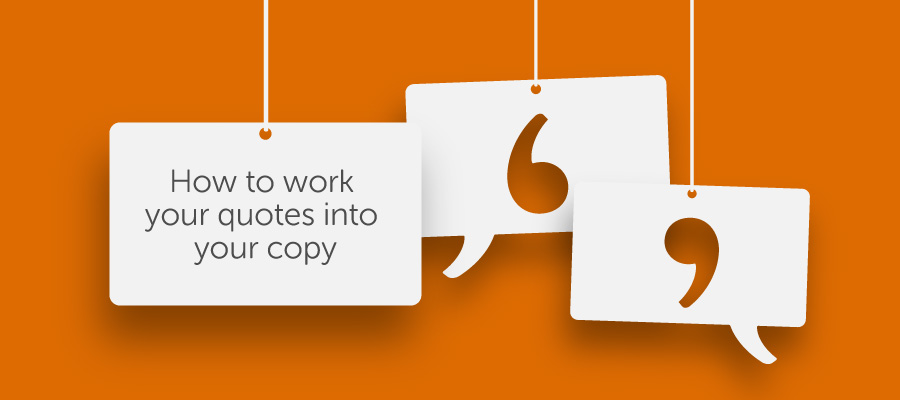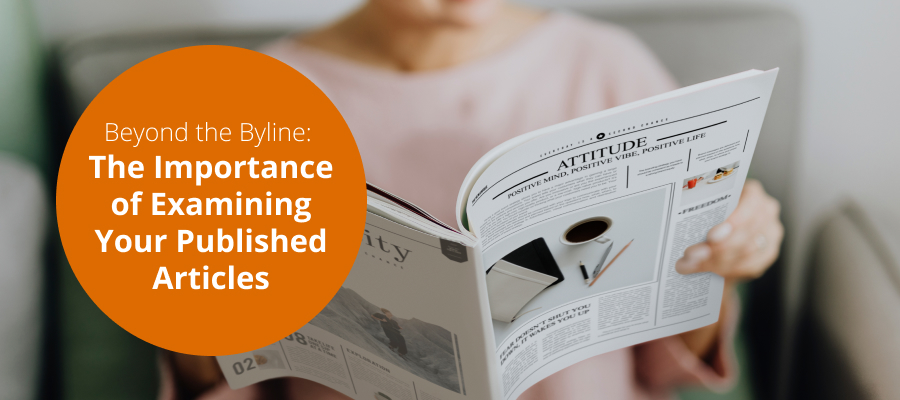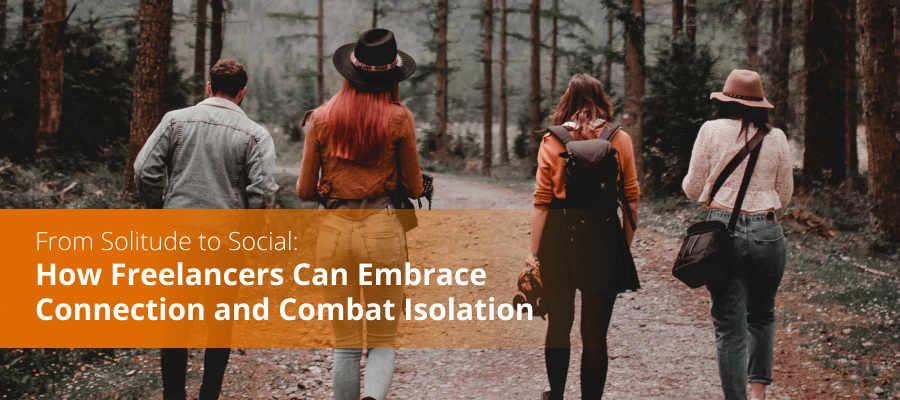It’s that last bit that can trip up many new journalists as it isn’t as easy as you may think. There are two mistakes we see frequently.
The first is to introduce the quote by telling the reader what is in the quote.
Here’s an example:
Amanda says she found the long winter nights difficult to cope with. “I found the nights difficult to get through,” she says. “I was lonely and it was too cold to go out.”
Instead, make sure the information inside and outside the quotes are different so you are not repeating yourself. I’d suggest something like this:
Amanda says she found the long winter nights difficult to cope with. “I was lonely and it was too cold to go out,” she says.
Here, the quote is a natural follow on from the information you have provided and adds to it/ explains it rather than repeating itself.
The other most common mistake is to introduce the quote with a question.
Here’s an example:
So how did Susan feel when she got home? “I was ecstatic,” she says. “It was brilliant to be back with my family again.”
This is a bit clunky – you are telling the reader the question you asked Susan but they really don’t need to know. It also puts up a bit of a barrier between her and the reader.
A better way to do it is to write something like this:
Susan was ecstatic to be home / Susan says she was ecstatic to be home. “It was brilliant to be back with my family again,” she says.
As you can see, it’s also more concise. The question/answer paragraph was 24 words long, while the rewritten version was either 18 or 20.
How to work your quotes into your copy
Quotes can be a bit tricky when you’re starting out! Once you have interviewed someone, you may think the hard bit is over. But you still have to select the quotes and then work them into the copy.



